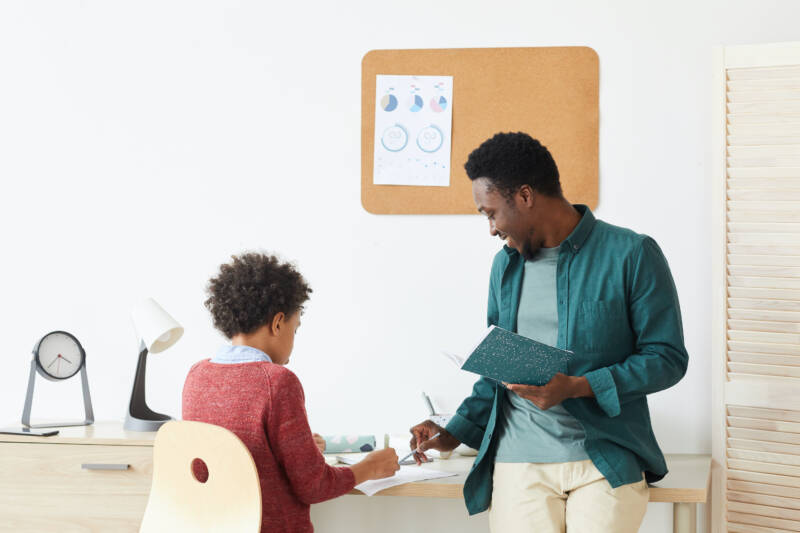
In today’s educational landscape, Social-Emotional Learning (SEL) plays a vital role in fostering student well-being, resilience, and academic success. By integrating SEL practices into the classroom, educators can create a positive and inclusive environment that supports students’ social and emotional development. In this blog post, we will explore ten practical tips to incorporate SEL into your teaching and promote a thriving classroom community.
1. Build Strong Relationships: Developing positive relationships with your students is essential for creating a supportive learning environment. Take time to get to know each student individually, show genuine interest, and foster open communication.
2. Teach Self-Awareness Skills: Help students understand and articulate their emotions, strengths, and areas for growth. Encourage self-reflection through activities such as journaling or mindfulness exercises to promote self-awareness.
3. Practice Active Listening: Active listening promotes empathy, understanding, and connection. Teach students the importance of attentive listening, maintaining eye contact, and responding thoughtfully to their peers.
4. Foster Collaboration Skills: Collaborative projects and group activities provide opportunities for students to develop teamwork, communication, and problem-solving skills. Create a cooperative learning environment where students value and respect each other’s contributions.

5. Incorporate Empathy and Compassion: Empathy is a fundamental aspect of SEL. Encourage students to consider different perspectives, practice kindness, and support one another. Incorporate literature or case studies that promote empathy and compassion.
6. Teach Conflict Resolution: Conflict is a natural part of human interaction. Equip students with conflict resolution strategies, such as active communication, compromise, and seeking win-win solutions. Encourage peaceful dialogue and guide students in resolving conflicts independently.
7. Promote Emotional Regulation: Teach students strategies to manage their emotions effectively. Techniques like deep breathing, mindfulness exercises, or creating a calm-down corner can help students develop self-regulation skills.
8. Provide Opportunities for Self-Expression: Creativity and self-expression are valuable outlets for emotional well-being. Incorporate activities like art, music, or writing that allow students to express themselves authentically and tap into their emotions.
9. Encourage Growth Mindset: Foster a growth mindset in your classroom by emphasizing the power of effort, resilience, and embracing challenges. Teach students that mistakes are opportunities for growth and encourage a positive attitude towards learning.
10. Model SEL Behaviors: As an educator, you are a role model for your students. So demonstrate SEL skills through your actions, responses to setbacks, and interactions with others. Show authenticity, empathy, and a commitment to lifelong learning.

By implementing these ten SEL tips, you can create a classroom environment that supports the social and emotional development of your students. Remember that SEL is an ongoing process, and consistency is key. Together, let’s empower our students with the tools and skills they need to thrive academically, socially, and emotionally. Want to learn more about teaching SEL? Click the button below and schedule a demo with us today.
